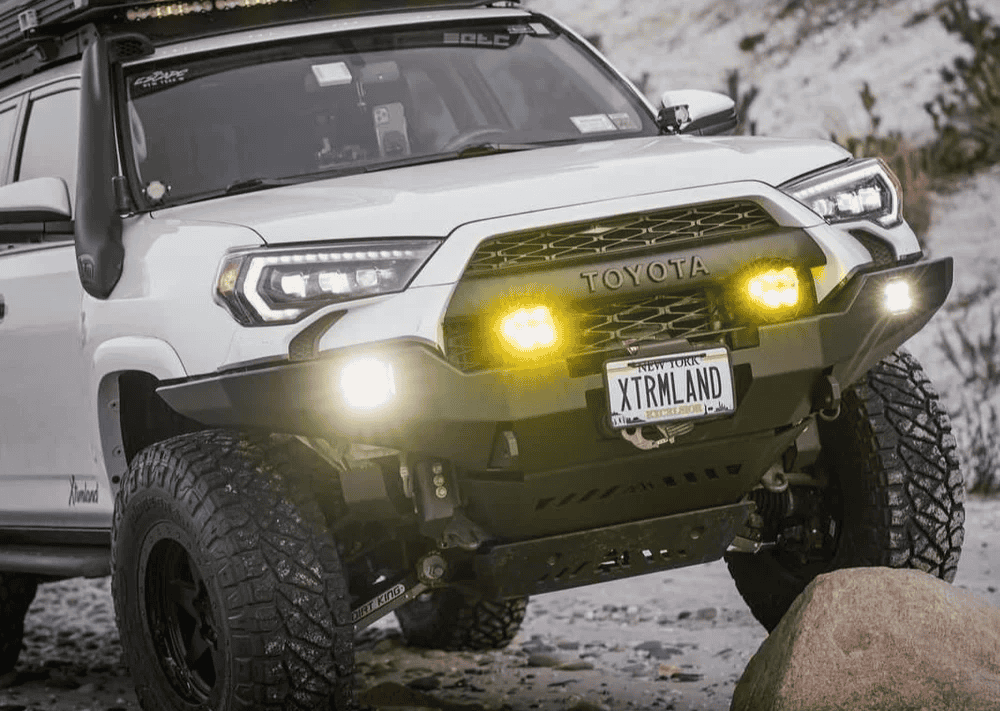Overland Vehicles

Reliability testing answers a simple question with complex work: will this system still perform after years of use. Instead of waiting five years to find out, engineers compress time by recreating heat, cold, vibration, moisture, UV, and load in controlled ways. The aim is to find weak points before customers do. In automotive, that means validating chassis, suspension, power electronics, wiring, seals, and software against the duty cycle the vehicle will actually see. Standards such as ISO 16750, SAE J1455, and MIL STD 810 often inform the test menu and severity.
Everything starts with a mission profile that reflects how the vehicle will live. City stop and go, highway miles, washboard gravel, desert heat, alpine winters, or salt coastlines each demand different stress mixes. Engineers convert that usage into cycles, temperatures, vibration spectra, and corrosion exposure, then set target life and acceptable failure probability. Good mission profiles prevent both under testing that misses issues and over testing that wastes time or damages otherwise solid designs.
Accelerated life testing pushes components beyond normal limits to uncover failure modes early. Thermal cycling exercises expansion and contraction of joints, solders, adhesives, and seals. Random vibration replicates road inputs across frequencies to expose fatigue, fretting, and loose interfaces. Salt fog and cyclic humidity drive corrosion and creepage on metals and connectors. Dust and water ingress tests verify gaskets, vents, and drain paths. Endurance rigs cycle door latches, slides, hinges, and pumps for tens of thousands of operations. For electric vehicles, battery cycling with temperature control and charge rate variation reveals capacity fade and thermal management limits. Hardware in the loop and software in the loop validate control logic under edge cases.
Real roads are messy, so test plans blend stressors. Heat amplifies vibration damage by softening materials. Humidity accelerates corrosion under voltage. Fine dust infiltrates connectors that already loosened under shock. By combining conditions, teams trigger coupled failures that single factor tests miss. The art is setting levels that accelerate physics without inventing irrelevant breakage.
A credible plan sets sample sizes, confidence bounds, and pass fail criteria before the first cycle. Design of experiments helps map sensitivity to variables like temperature ramp rate or vibration spectrum. Weibull analysis fits failure data to estimate life percentiles such as B10, along with confidence intervals. Reliability growth models track improvement across fix verify loops. Field data from telematics and warranty informs updates to the mission profile and future tests, closing the loop between lab and road.
Finding a failure is only half the job. Root cause analysis traces what failed, why it failed, and when it would fail again. Corrective actions might change material, geometry, process, or software thresholds. Re tests confirm the fix under the same or harsher conditions. Documented lessons become design rules, supplier requirements, and inspection points so the next program starts stronger.
As a builder, the most responsible path is to design for the mission, validate in the lab, and prove on the trail. That is why teams who care about results create testable interfaces, protect wiring with smart routing, select fasteners for the vibration they will see, and choose coatings that match climate exposure. It shows up later as quiet cabins, solid mounts, and gear that still works after a thousand miles of washboard.
When you are planning an adventure platform, consider how your mission profile maps to suspension loads, heat management, dust control, and power durability. If your routes include long gravel stretches, prioritize vibration proof mounts and harness protection. If you chase winter, focus on low temperature starts, seal flexibility, and condensation control. If you run desert heat, manage underbody airflow and shield sensitive electronics. For EV owners, ask for battery thermal strategies and charge rate testing that reflects your real usage.
Across platforms, long term reliability testing builds trust by predicting outcomes rather than hoping for the best. The payoff is simple: fewer surprises, confident range estimates, and gear that feels the same on day one and day one thousand. That is the difference between a rig that looks ready and a rig that is ready.
You can see how this mindset shows up in our work. Explore our Overland rigs, where platform planning and component validation guide every build path. If you know your mission profile and want a tailored setup, our Custom overland upfit process aligns hardware choices with the way you drive and camp. Curious about our approach and shop standards. Visit Why choose OZK Customs to learn how experience, testing, and a clear handoff process come together in Fayetteville, Arkansas.
Bring your goals to the table, and we will turn your mission profile into a durable, quiet, and capable build. Share your timeline and must haves, and we will propose a test informed package that balances comfort, range, and ruggedness. When you roll out, you will know exactly how your system was validated and what it is built to handle.
Ready to build a rig that proves itself on day one and year five. Share a few details about your goals and timeline. OZK Customs will map a reliability focused plan, recommend the right components, and deliver a tested, trusted build you can drive home from Fayetteville, Arkansas with total confidence.
ADDRESS:
6159 E Huntsville Rd, Fayetteville, AR 72701
PHONE:
(479) 326-9200
EMAIL:
info@ozkvans.com